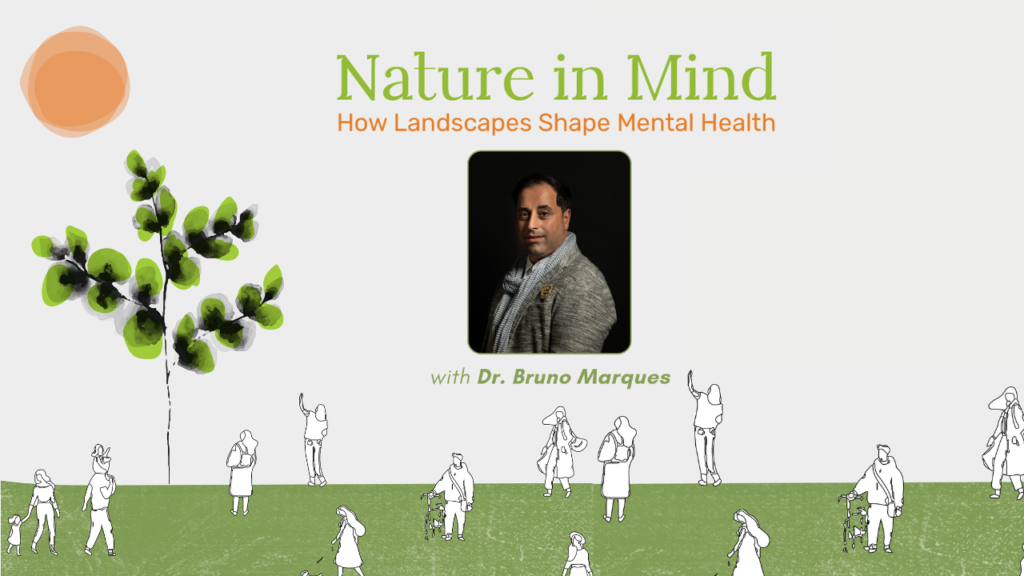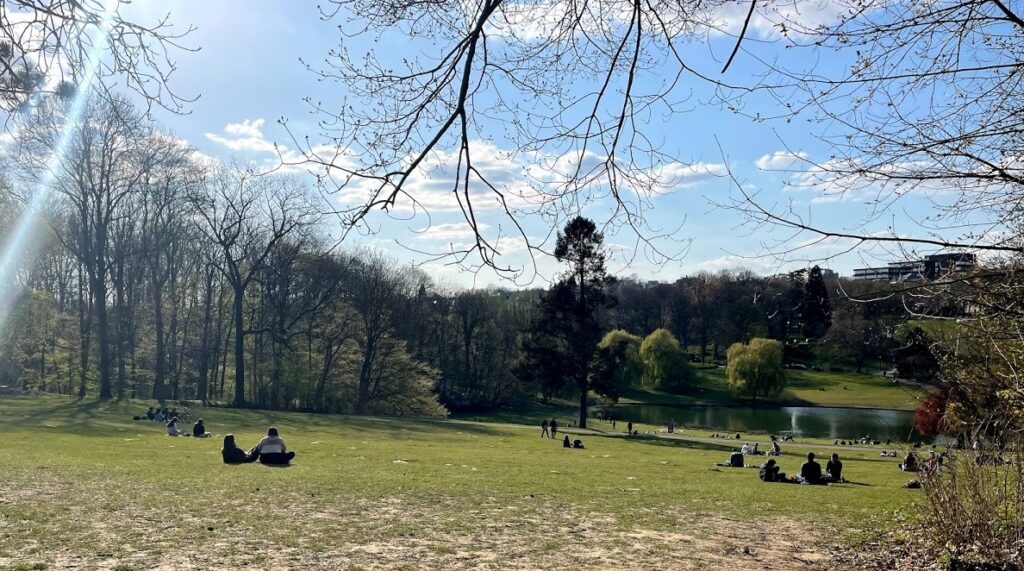Dr Bruno Marques is a landscape architect and educator. He completed his Landscape Architecture studies at the University of Lisbon (Portugal) and Berlin Technical University (Germany), followed by his PhD studies at the University of Otago (New Zealand). Bruno has practised in Germany, Estonia, the United Kingdom and New Zealand, having an extensive portfolio of Read More
Tag: covid
Simply Green is Simply not Enough – a Prelude to Mentally Healthy Cities
The fast-paced urbanization and disconnection of people from nature and the current series of lockdowns, contribute to an increasing burden of mental health disease in cities. Researchers have estimated that it is 39% more likely to develop depression when living in urbanized areas as compared to rural regions [source]. Other mental illnesses and neurodegenerative disorders Read More
Virtual Healthy Environments: Feasibility Study in Societies Affected by COVID-19 Summary of Results
Between 19 April and 12 May 2020, we ran an online survey titled “VHE for Well-Being”. Our goal was to better understand people’s psychological needs, especially the relationship between Covid-19 confinement and mental health. We also aimed to test feasibility and demand for Virtual Healthy Environments (VHE) – our solution for health and well-being. To do Read More



